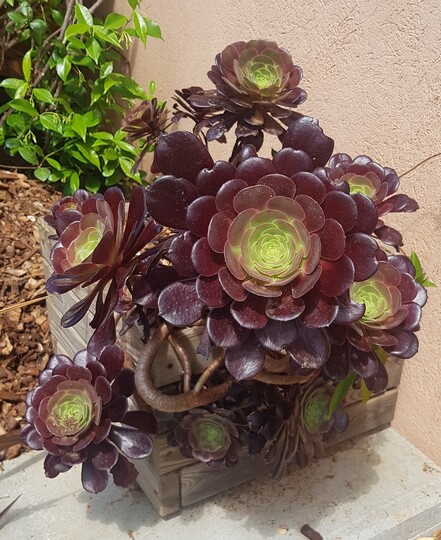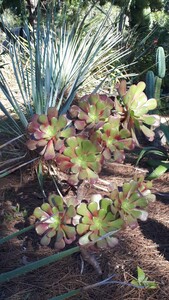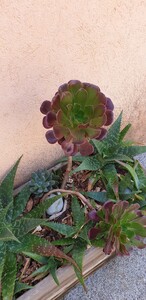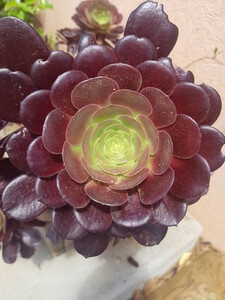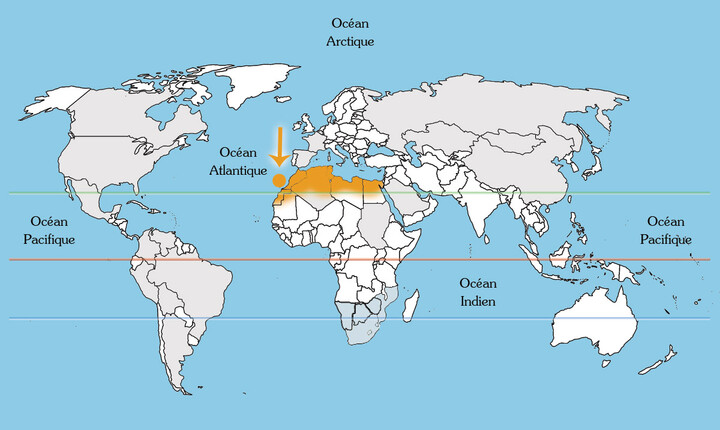Purple tree aeonium
Presentation
The splendour of the Mediterranean’s arid gardens
Purple tree aeonium is an edible plant with leaves that are more or less purple in colour according to its exposure to the sun. Its rich and captivating hues evoke the splendour and mysticism of the Mediterranean’s typical arid gardens. Originating from the Canary Islands and North Africa, it thrives magnificently at our green campsite.
We love observing its fractal shapes and the way it changes colour over the seasons. In warm climates, such as here in the Var area, French Riviera-Côte d’Azur, it can even bloom in winter. Otherwise, its magnificent yellow flower usually blossoms in spring.
A plant adapted to Provence’s hot summers
Its name, from the Greek word “aionium”, meaning “eternal”, reflects the robust nature of this succulent, capable of thriving in conditions of extreme drought and heat. Its fleshy leaves allow it to store water, making it very resilient to the periods of drought that commonly occur in summer in the Var area.
Its elegant allure and ability to adapt to various environments make it a popular choice for rockeries and sunny borders such as those adorning the campsite’s alleys, or the gardens surrounding our mobile homes.
The tree aeonium is easy to grow and, requires little upkeep. A well-drained soil and plenty of sunshine are the keys to its success. Although it is very resistant to heat, it appreciates protection from the sun’s burning rays during the hottest hours of the day.
Identity
| Latin name : | Aeonium arboreum ‘velours’ |
|---|---|
| Family : | crassulaceae |
| Genus : | Aeonium |
| Species : | arboreum |
| Color : | yellow flowers |
| Subspecies : | ‘Velours’ syn ‘Cyclops’ syn ‘Voodoo’ |
| Origin : | Canary Islands, North Africa |
| Foliage : | Evergreen |
| Port : | Succulent |
| Height : | 50 to 60 cm |
| Flowering : | in winter if it is mild, otherwise in spring |
Did you know?
Succulent plants are characterized by their ability to store water in their flesh, allowing them to survive and thrive in arid and semi-arid environments.

